Wildlife Ignores Borders
Thursday, July 12th, 2018This is Passport to Texas
Borders are political demarcations, conceived of by man. Nature, meanwhile, knows no such boundaries.
The boundary to Texas and the United States doesn’t stop midway in the Rio Grande. It goes all the way to the Mexican side as far as the resources are concerned.
Smiley Nava retired from Texas Parks and Wildlife where he served as its borderlands biologist. His work focused on the natural resources along the 12-hundred mile border shared between Texas and Mexico.
We are specifically looking at the state natural resources that we share with our four Mexican states. We’re right at around fifty percent of the US/Mexico border, so Texas is an important component of those shared resources.
The area Smiley oversaw is diverse.
The Tamaulipan scrub land is one of the provinces that are prominent for a good part of our border that we share with Mexico. The other part, the upper basin of the Rio Grande, as you move inland, is more typical of the Chihuahuan desert. So the species utilize those, what natural resources and components we share with Mexico in those regions, kind of drive where we’re trying to focus our work.
The Wildlife Restoration Program supports our series.
For Texas Parks and Wildlife…I’m Cecilia Nasti.
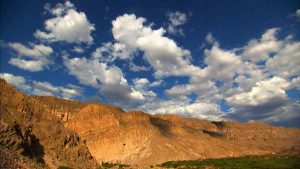

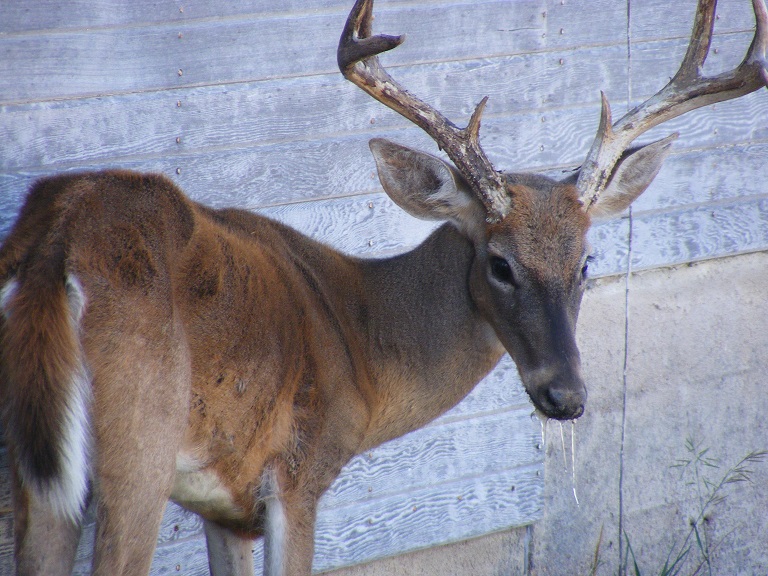
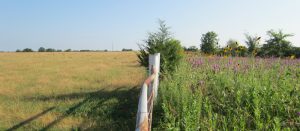
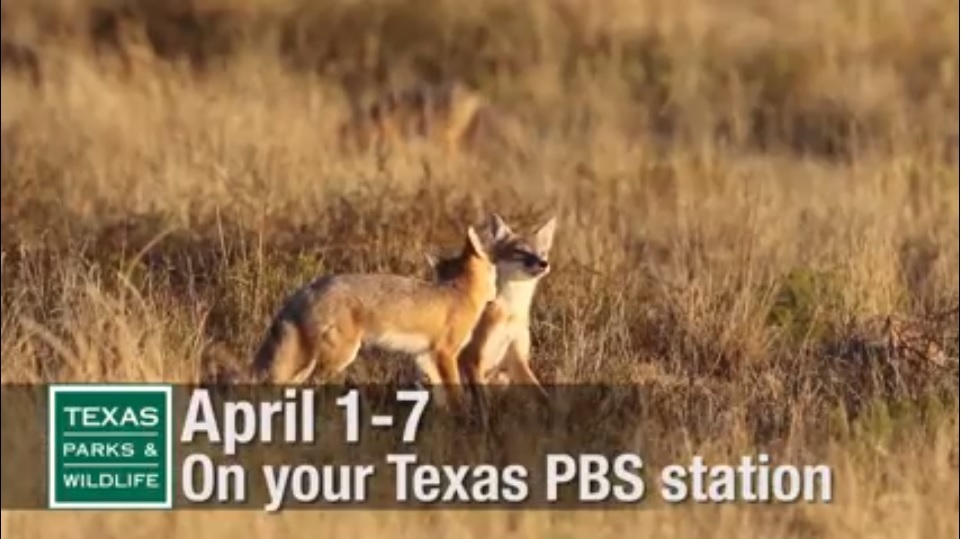
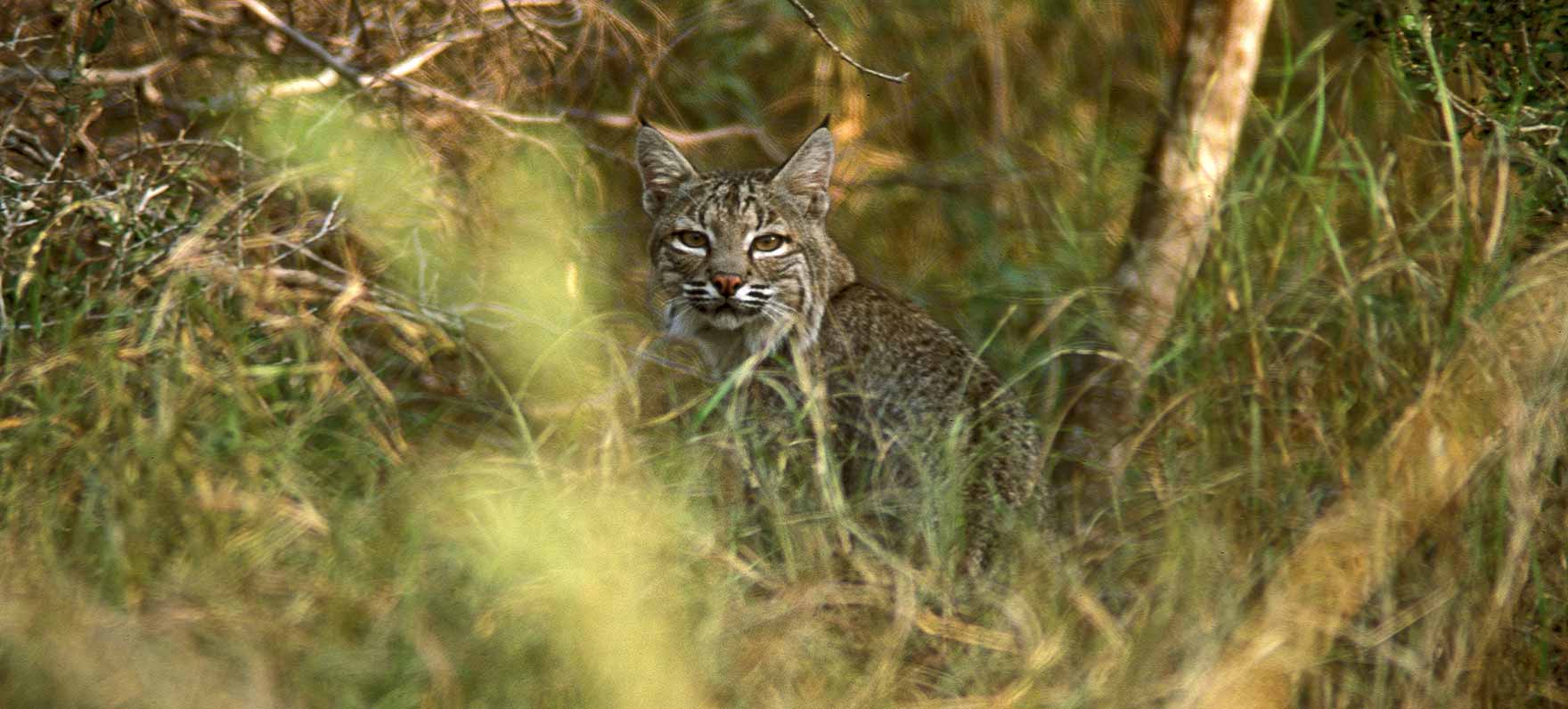

 Passport to Texas is a
Passport to Texas is a  Passport to Texas is made available by:
Passport to Texas is made available by: